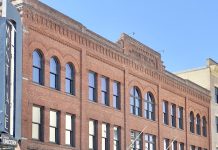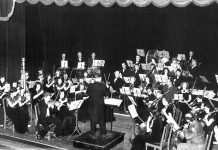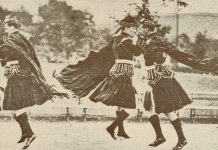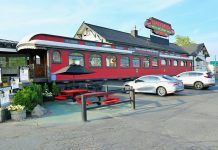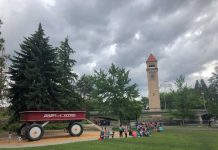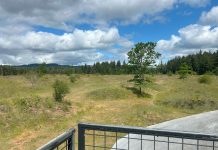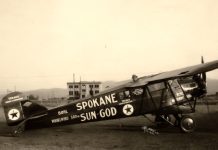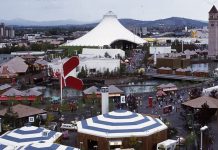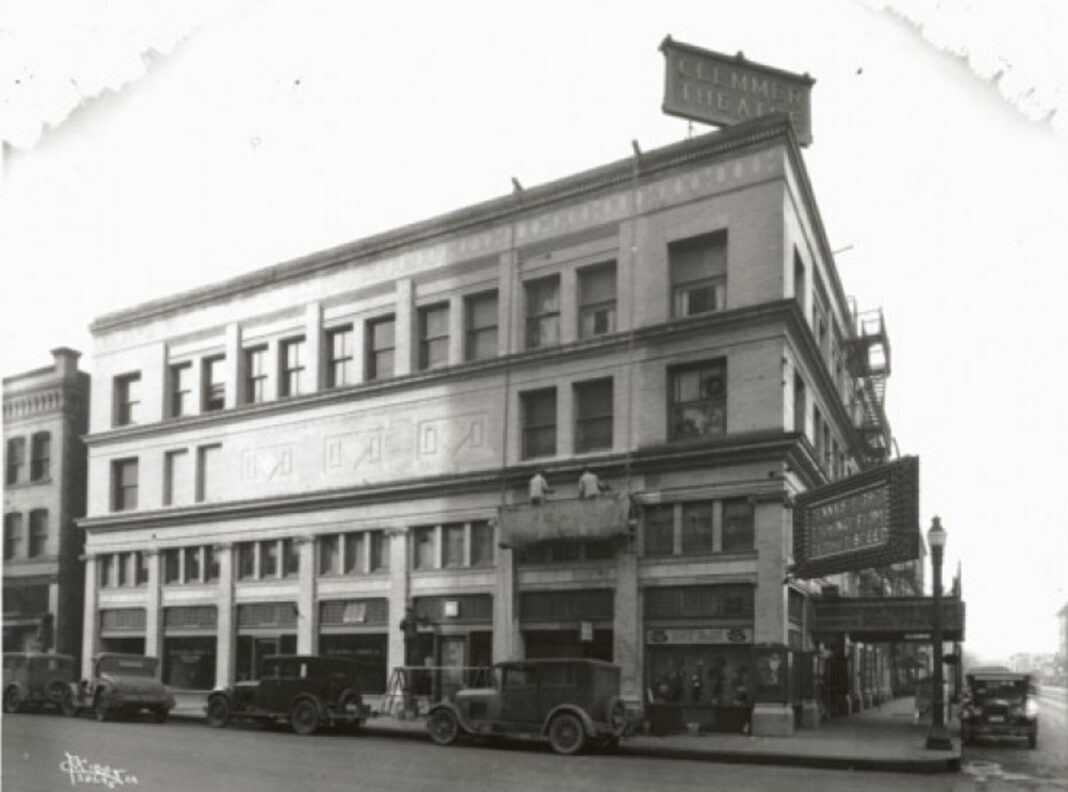The citizens of Spokane are blessed with architecture that creates the landscape of this beautiful city. However, if you found yourself wanting to do this exploring with some guidance, consider taking a walk on the historical side by following one of Spokane’s prestigious Heritage Walks. There are plenty of paths to choose from that each come with a wealth of history with beautiful sights to behold.
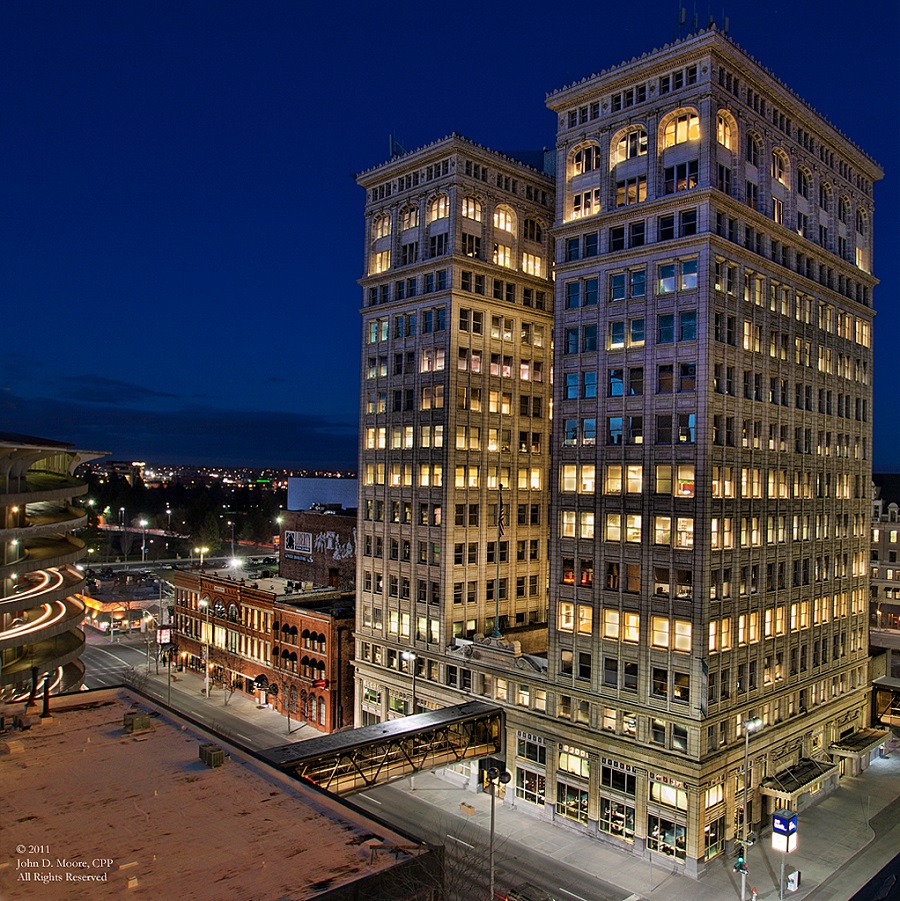
East Spokane
Located on the eastern edge of Spokane’s central business district is a collection of historically significant commercial, mixed-use, and warehouse buildings known as the East Downtown Historic District. Here, the most common property types, standing tall since the 1890s, are warehouses and single-room-occupancy hotels, showing how the area is an important part of the downtown’s industrial and commercial heritage. Originally the area was a hotspot that provided housing and business establishments that met the needs of those who came to Spokane to work and live either temporarily or permanently. 78% of the buildings in this district’s 27 square blocks are historical, with the growth beginning in 1890 with the construction of the Northern Pacific Railway, followed by Fire Station #1 being constructed after the great fire of 1889.
Most of the buildings were constructed between 1900 and 1910, representing the city’s most pronounced period of economic and population growth. Eventually, the East Downtown Historic District was recognized and listed on the National Register of Historic Places in 2003. Popular stops along these heritage walks are the still-standing Fire Station #1 and Central Methodist Church. The Old National Bank Building is also part of this heritage walk, the last building constructed during Spokane’s great building boom of the early 20th century and was built by Daniel H Burnham, who was considered one of the master architects of the United States at the time. It’s a marvelously pure example of Chicago School-style architecture and is regarded as one of Spokane’s finest structures.
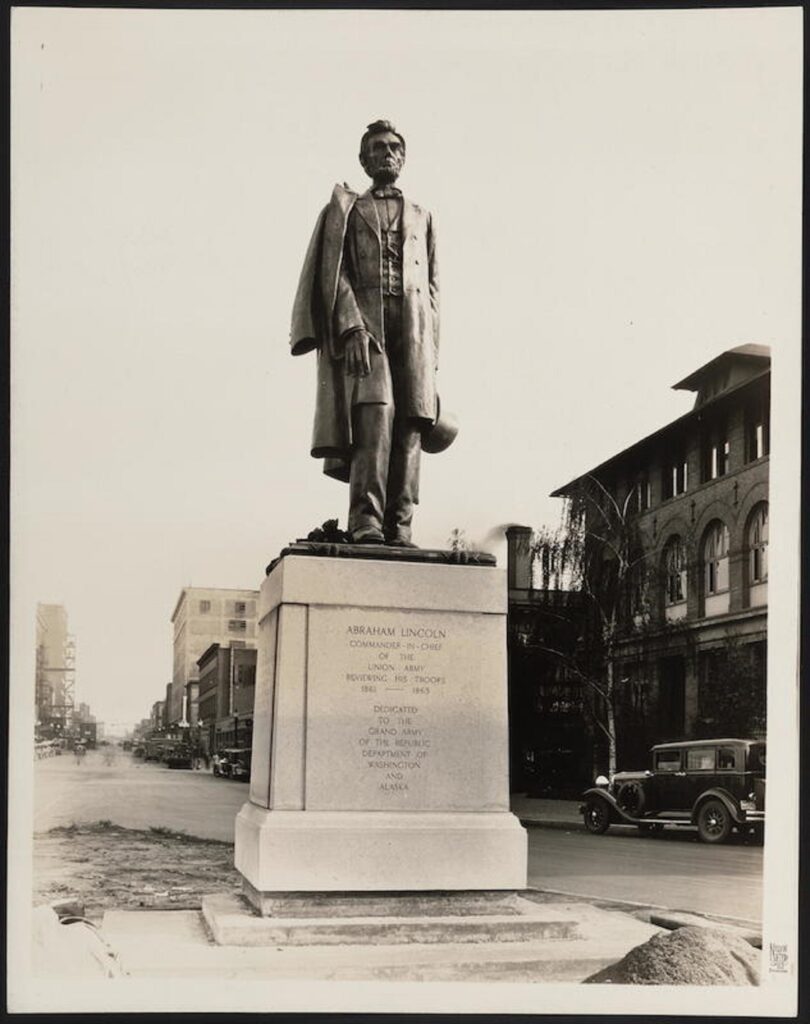
West Spokane
Spokane’s West Downtown Historic Transportation Corridor is of historical significance because of its association with the expansion of railroads, the advent of the automobile, and the rise of Spokane as a regional distribution center. This district has a high concentration of building types representing these expansions, such as buildings made to focus on the sales and services associated with the rise of the automobile and warehouses that were once railroad-dependent businesses. The West Downtown Historic Transportation Corridor became the focal point at the beginning of our city’s history as Spokane grew to become a supply center for the region’s farmers, ranchers, and miners. This corridor became responsible for the departure for local resources and the welcoming station for the new modes of transportation that were on the rise.
The West Downtown Historic Transportation Corridor was listed on the National Register of Historic Places in 1999 and comes with a wide variety of sights to behold along its heritage walk. The Monroe Street Bridge, Monaghan Statue, and Carnegie Square are some such sights. The Lincoln Statue is also present in this district created by Seattle sculptor Victor Lewis. It presents Lincoln overlooking his troops for battle, a portrayal of Lincoln that had never been done before at the time and was considered by Lewis to be one of “the most powerful statues to have been made.” This district is also home to the Bing Crosby Theater built by August Paulsen in 1915. She had made her fortune in the Idaho silver mines and built the theater as one of the first-full time motion picture theaters that went on to host many celebrated performers after its creation.

Central Spokane
The heritage walk in Central Spokane is a true sight to behold in the heart of our fair city. After the 1889 fire where much of downtown was destroyed, a number of architects relocated to this area and made names for themselves by designing enduring buildings that could withstand the elements while also showcasing their unique styles. Popular building styles were Arts and Crafts bungalows, Queen Anne houses, Tudroeque mansions, Romanesque churches, Gothic commercial buildings, Classic Revival office buildings, and Art Deco theaters. People were amazed by Spokane then just as much as they are now when these buildings began to emerge. Even as early as 1905, President Theodore Roosevelt was quoted in the Chamber of Commerce publication that he never saw two such cities as Spokane and Seattle and that “if my eldest boy was large enough to be choosing a place, I would advise him to locate in one or the other of those cities.”
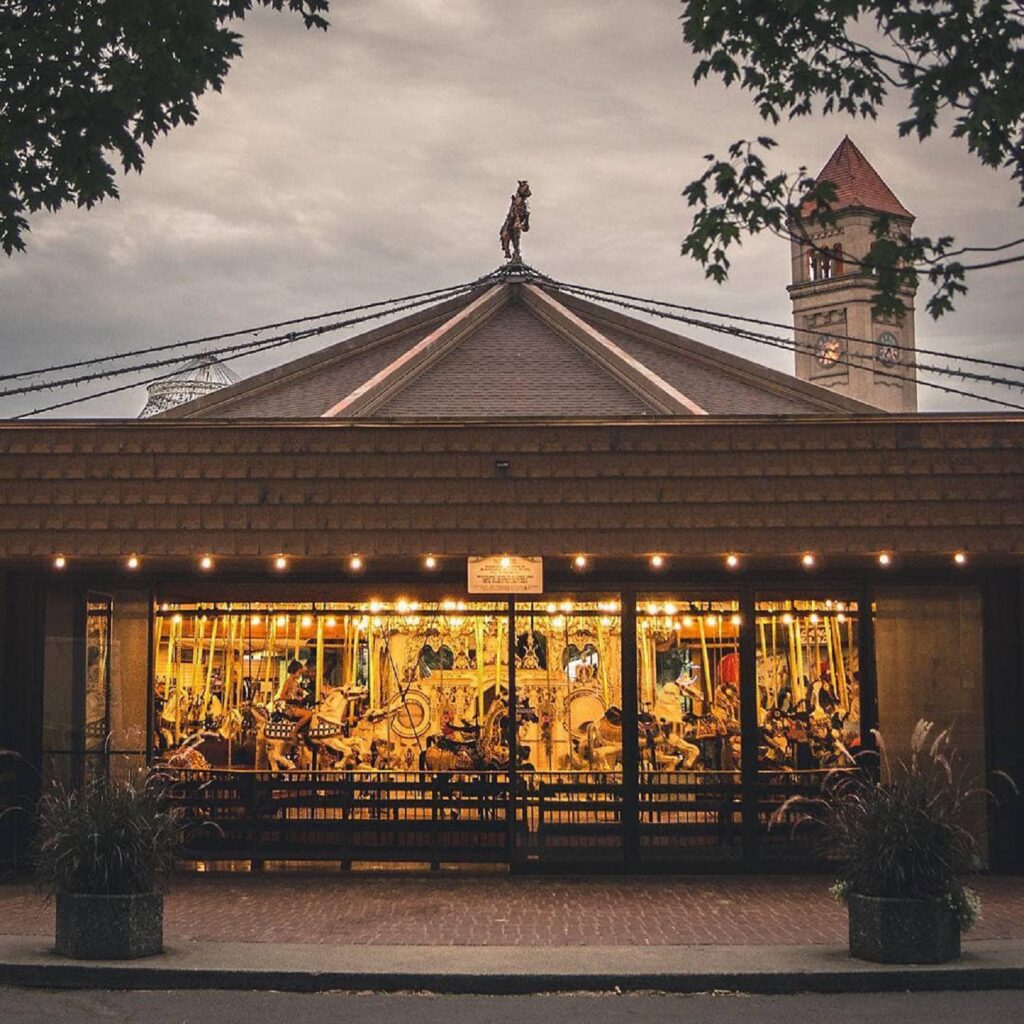
This highly esteemed area of our history is home to famous spots like Looff Carrousel, Old City Hall, and the Davenport Tower. Now renovated as a shopping center after being prepared for Spokane hosting the 1974 World’s Fair, the Flour Mill also calls this district home. It was originally built in 1895, but it didn’t come into use until 1900 because the property became entangled in one of the most explosive and long-fought out legal battles in the city’s history. Also from the same time frame, The Clock Tower was built in 1902 as part of the train depot considered the finest west of Chicago. The clock tower is all that remains of the Great Northern Train Station, which was demolished in the early 1970s in preparation for the World’s Fair, just like the Flour Mill.
Time has marched on along the hands of the Clock Tower. Still, like a fine wine, Spokane has aged very well and maintains the beauty and integrity of these beautiful historic buildings along the heritage walk for all to enjoy.





